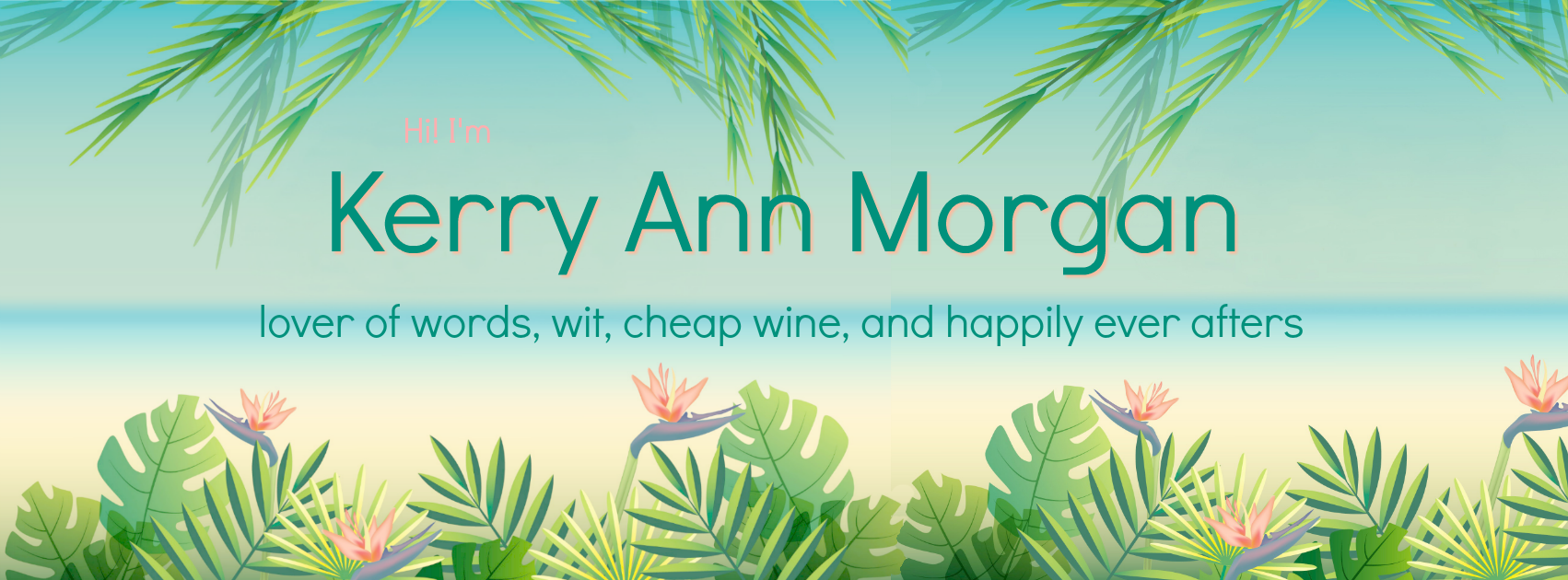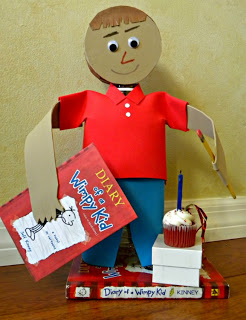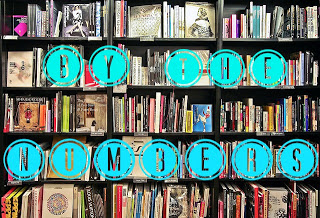Happy Pub Day to Allie Larkin! Her second novel, WHY CAN’T I BE YOU hits shelves today. Keep reading to see why you should pick up a copy.
Young thirty-something Jenny Shaw’s life stinks. No, her house wasn’t swept up by a tornado and she didn’t just discover she has terminal cancer, but instead of proposing at the airport, her boyfriend dumps her and takes off with her luggage. Her mom is a manipulative piece of work who’s not particularly nice even when she’s sober. Her PR jr. exec job leaves her far from fulfilled. Jenny has spent so much of her life pleasing others, she’s neglected to notice how blase she’s become.
A 13th high school reunion just happens to be going on in the same hotel as Jenny’s boring conference. When she thinks she hears a stranger call her name in a hotel lobby, she responds—and ends up being mistaken for Jesse, a long lost wild-child best friend. Thrilled to be welcomed and wanted, Jenny slips into Jesse’s persona, embracing the stranger’s circle of friends and past. But when Jenny finds herself slipping into the arms of Jesse’s old crush, things get too real as the lines between what’s real and what’s wishful thinking blur.
{If you are a teen/young adult of the 90s you’d better have that Cure song stuck in you head now. If not listen here.}
Yes, this is chick lit contemporary women’s fiction. It‘s a sweet, entertaining story that was perfect to lose myself in on a sick day. Yes, I read it in less than 24 hours—because I could. The story carries you along at a crisp pace, and you just can’t help wondering when Jenny’s cover will be blown.
I groaned internally a couple of times—first, when poor Jenny gets dumped at the airport. I wanted to smack someone—mostly the boyfriend who admits he has “feelings” for another girl (a fellow volleyball player at that) but a little bit towards our spunky heroine who should have known better. But then again, we’ve all been there. I cut her some slack and wanted to hug her or buy her a drink at the airport bar.
Then there was the whole impersonating-a-stranger-you-know-nothing-about scenario. Who does that? And gets away with it? And why can’t I do that for a weekend? Ah—that’s what hooked me. I’d love to slip into the life of someone far cooler and more loved, even more so back in the day when I was a single girl muddling through uninspiring jobs and unfufilling friendships. I couldn’t blame Jenny for wanting to jump into the group of friends who seemed to be breathlessly waiting for “Jesse” to reappear in their lives. They were all so nice and well developed. I wanted to have Myra take me home, vent with Robbie in the moonlight, hold Heather’s hand. Fish appears as the perfect guy for Jenny—sensitive, outdoorsy, honest, caring. I’d want them to want me, too. And so I let my suspension of disbelief carry me away.
I felt a kinship with Jenny and just couldn’t help rooting for her. My parents never divorced and my mom was certainly never a drunk, but like her, I never had that tight group of friends who I knew would never leave me, whose faces would light up and arms would embrace me had I shown up at my high school reunion. So yeah, I’d want to be Jesse, too. . .until the fit hit the shan. But you’ll have to read WHY CAN’T I BE YOU to find out those details.
Read it: It’s kind of like a John Hugh’s teen flick thirteen years later—a charade filled with angst, sweetness, and what it means to be accepted.
WHY CAN’T I BE YOU
by Allie Larkin
Plume
304 Pages
$9.99 [Kindle] $15 [Paperback]

























